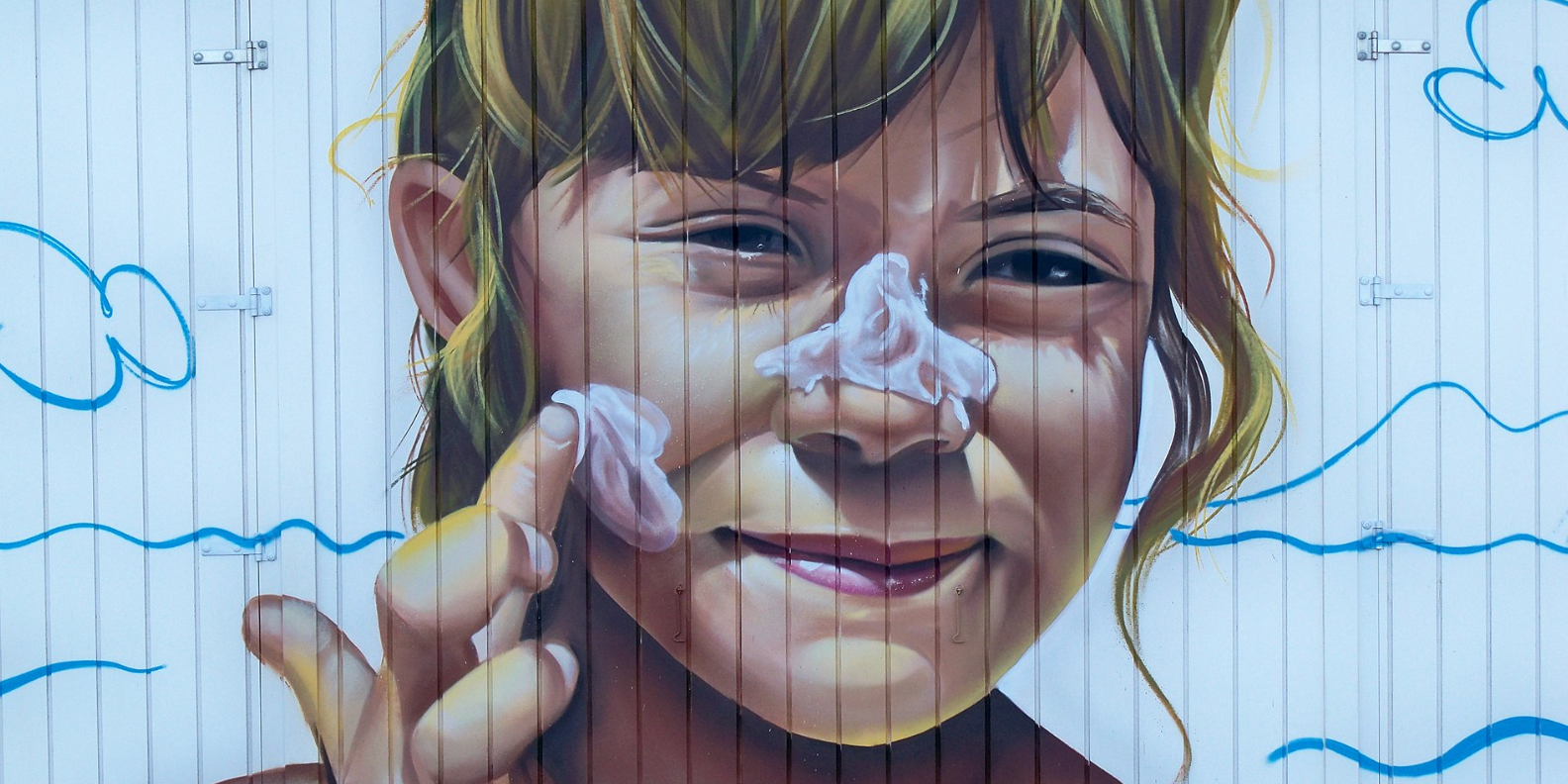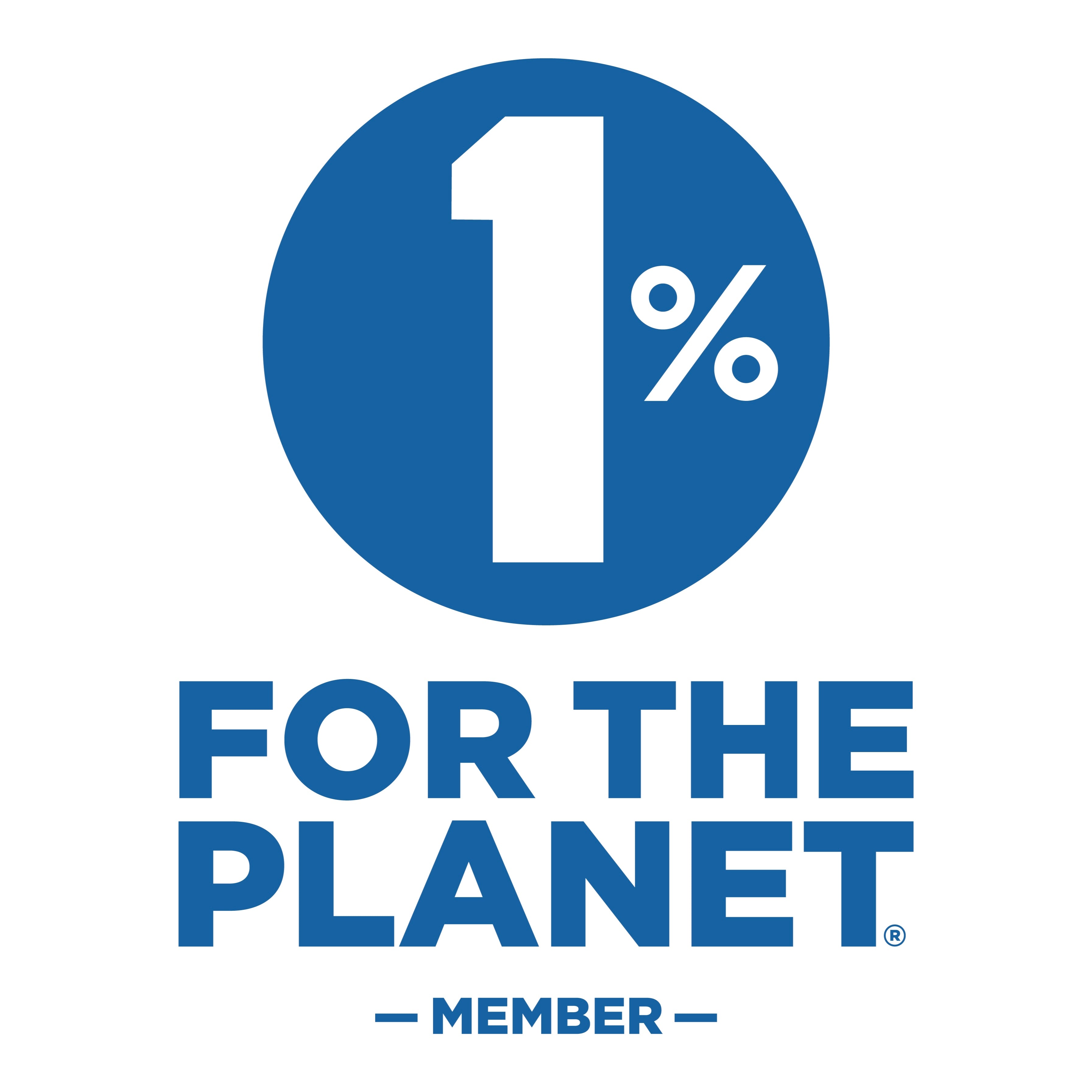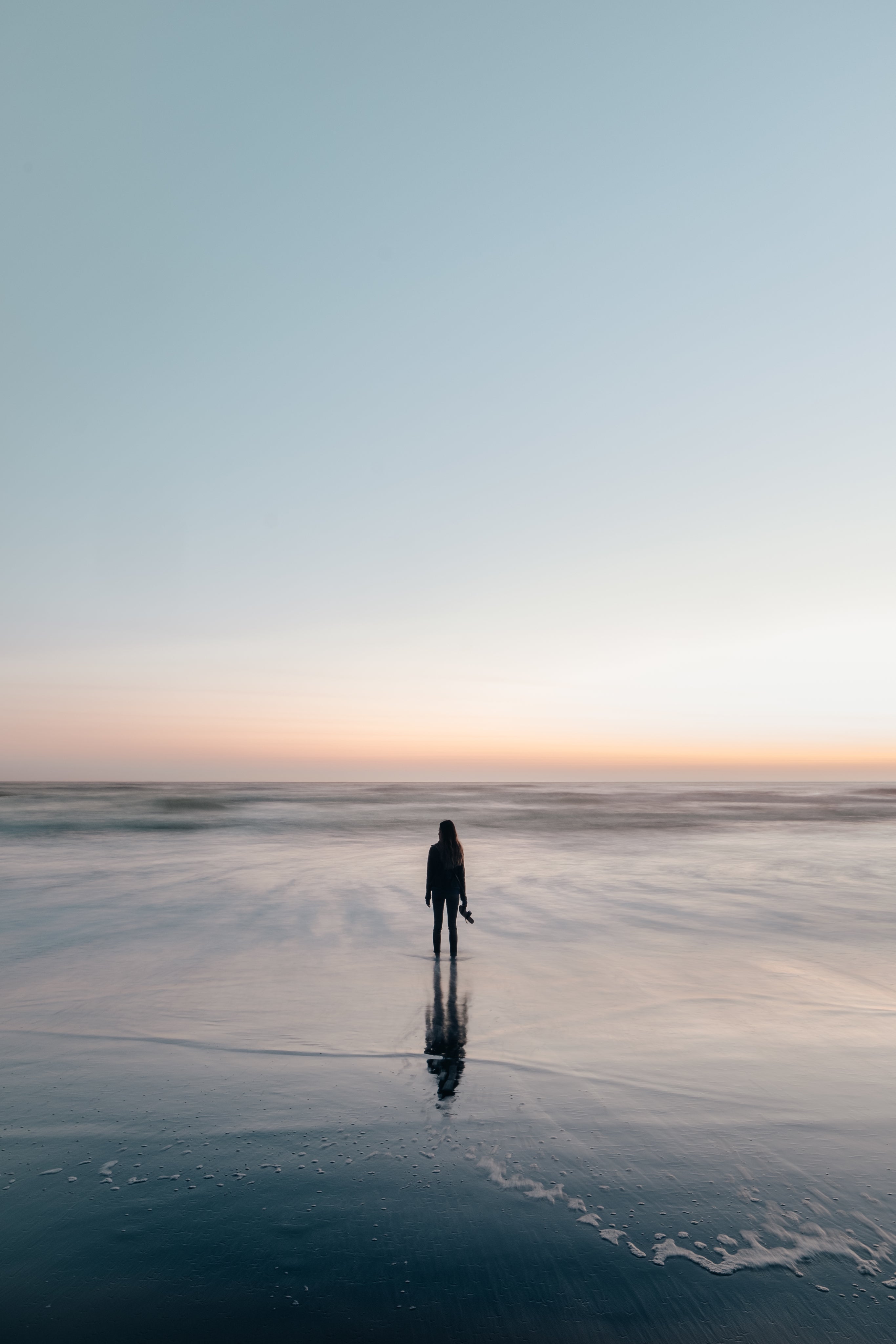So many of us like to have a glowing sun tan. It can make us feel good about our appearance and is often a commercially appealing aesthetic.
Unfortunately, there's no safe or healthy way to get a tan and furthermore a tan does not protect your skin from the sun's harmful effects.
Ironically, we actually need sunlight for the production of Vitamin D. Here's the science behind it! - During exposure to sunlight, 7-dehydrocholesterol in the skin absorbs UV B radiation and is converted to pre-vitamin D3 which in turn isomerises into vitamin D3. So now you know!
Many people who work outdoors get a suntan whether they like it or not. They can either cover up with clothing or apply sunscreens. Clothing can be uncomfortable in higher temperatures, so sunscreens are the logical 'fix'.
The 'fix' is to prevent unsightly and dangerous skin conditions:
Dermal Sunspots:
Prolonged exposure to the sun's ultraviolet (UV) rays are the primary causes of sunspots, also known as age spots or lentigo. These spots appear as flat, darkened areas, typically light brown to black, and are most common on sun-exposed areas like the face, hands, and arms.
Sunburn and Skin Cancer:
'Excessive' exposure to the Sun's UV rays can cause Sunburn. Sunburn increases your risk of skin cancer. You can get sunburnt even when it's cloudy as the UV rays can pass through clouds.
Sunburns significantly increase the risk of developing skin cancers, particularly melanoma, the most deadly form. A single blistering sunburn in childhood or adolescence can more than double the risk of melanoma later in life. Experiencing five or more bad sunburns between ages 15 and 20 increases melanoma risk by 80%.
Sunscreen Efficacy:
Regular sunscreen use can significantly reduce the risk of developing melanoma and non-melanoma skin cancers. In fact by 50% for melanomas (Cancer Research UK); and using a broad-spectrum sunscreen with an SPF of 30 or higher is recommended. (You should also seek shade in peak sunlight hours and cover up with a hat, clothing and sunglasses to be extra safe)
UVA UVB SPF Explanation:
The sun’s ultraviolet (UV) radiation that we receive on Earth is damaging to human skin.
Ultraviolet light is invisible to humans, because it has shorter wavelengths than the light we can see. Within the UV spectrum there are two types of rays that can damage the DNA in your skin cells and lead to skin cancer. It’s important to protect your skin from both types:
- UVB rays cause sunburn and play a key role in developing skin cancer. A sunscreen’s SPF number refers mainly to the amount of UVB protection it provides.
- UVA rays cause skin damage that leads to tanning as well as skin aging and wrinkles. The shortest wavelengths of UVA rays also contribute to sunburn.
It’s important to look for the words “broad spectrum” on a product’s label, which means it has ingredients that can protect you from UVA as well as UVB rays.
The SPF number tells you how long the sun’s UV radiation would take to redden your skin when using the product exactly as directed versus the amount of time without using any sunscreen. So in theory, with SPF 30 it would take you 30 times longer to burn than if you weren’t wearing sunscreen.
An SPF 30 allows about 3 percent of UVB rays to hit your skin. An SPF of 50 allows about 2 percent of those rays through. That may seem like a small difference until you realise that the SPF 30 is allowing 50 percent more UV radiation onto your skin.
Most skin cancer NGO's recommend a water-resistant, broad-spectrum sunscreen with an SPF of 50 or higher for any extended outdoor activity. Regardless of the SPF, though, it’s important to apply adequate sunscreen 30 minutes before going outside and reapply it every two hours or immediately after swimming or sweating.
Ateliers Verts naturally offers carefully curated eco-conscious SPF products in our Beauty & Grooming sections. Here is a selection from our range (In alphabetical order, just click to learn more and buy):
Dr Barbara Sturm Sun Drops SPF30
La Roche-Posay Anthelios UVMune 400 Invisible Fluid Spf50+ Sun Cream For Sensitive Skin 50ml
Neal's Yard Remedies Wild Rose Moisturising SPF 30 50ml
New Layer Sunscreen SPF50+ Pro Vitamin D
U Beauty Multimodal Sheer Mineral Sunscreen Broad Spectrum SPF 25
Zao SPF50 Moisturising Facial Sunscreen
Stay Safe out there!
(Header Image: ©Daniel Capilla via Wikimedia Commons, Mural on Playa de La Malagueta, Málaga, Spain)
#MinimiseOurHumanFootprint
©Ateliers Verts Ltd. 2025
Back to: Ateliers Verts® The Magazine











